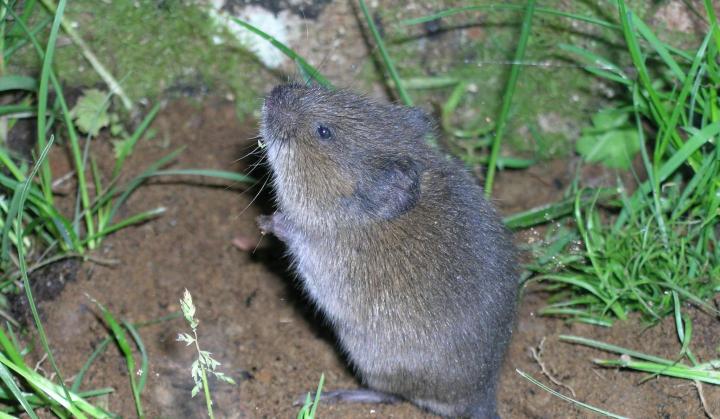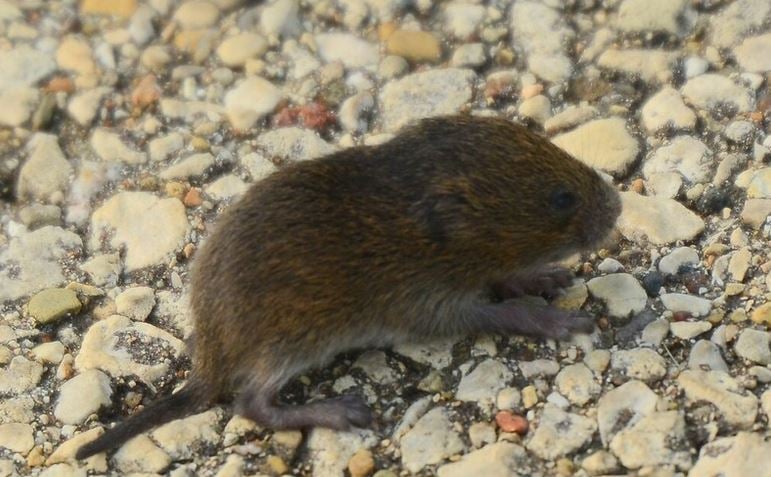Shield Your Yard: Reliable Vole Control Techniques
Shield Your Yard: Reliable Vole Control Techniques
Blog Article
Mastering Vole Parasite Control: In-depth Insights on Invasion Prevention and Treatment Methods
As residential or commercial property proprietors and caretakers, the presence of voles can present a substantial challenge to preserving the stability of our exterior spaces. Comprehending the details of vole habits is critical in creating reliable parasite control strategies. By identifying the refined signs of vole invasion early on, we can take positive steps to avoid widespread damage. In this conversation, we will certainly discover the subtleties of vole behavior, dig into the recognition of problem indicators, and uncover one of the most effective prevention and therapy techniques. Stay tuned to discover the insights that will certainly equip you to grasp vole bug control and protect your home against these evasive rats.
Recognizing Vole Actions
Examining the foraging patterns of voles uses important understandings right into their habits and habitat preferences. By observing their foraging habits, researchers can acquire a much better understanding of where voles prefer to develop their environments and the level of their ecological effect.
Research study indicates that voles show discerning feeding behaviors, favoring seeds, origins, and roots. This nutritional preference influences their foraging patterns, leading them to areas abundant in vegetation and ground cover. In addition, voles are recognized to produce elaborate tunnel systems for foraging and nesting purposes, suggesting a high level of flexibility to their environments.
Understanding vole behavior is vital for executing targeted pest control steps that disrupt their habitat choices and foraging tasks (vole control). By examining their habits, professionals can establish more reliable avoidance and treatment techniques to manage vole invasions

Identifying Indicators of Vole Invasion
Vole infestations can be identified by recognizing details indications of their presence in an area. Among one of the most common signs of a vole infestation is the visibility of surface area runways. Voles produce networks of slim paths on the ground that are generally around 2 inches vast. These paths are typically discovered in grassy locations or under compost or ground cover where voles can move freely and search for food.
One more vital indication of vole problem is the visibility of little burrow openings in the ground. Furthermore, voles are known to leave behind eaten plant stems, origins, and light bulbs near their burrow openings, showing their feeding task in the location.
Locating these droppings along runways or near burrow openings can validate a vole infestation. By being attentive for these indicators, residential property proprietors can without delay deal with vole invasions and protect against additional damage.
Carrying Out Positive Avoidance Actions

Furthermore, using all-natural vole deterrents like castor oil-based repellents or predator pee can serve as efficient precautionary steps. It is likewise advisable to on a regular basis check outdoor rooms for any type of indications official statement of vole task, such as paths or delve openings, to deal with possible invasions immediately. vole pest control. By embracing these proactive avoidance methods, residential property owners can considerably minimize the probability of vole damage and maintain the health and looks of their landscapes
Efficient Therapy Methods
Integrating targeted trapping methods and utilizing authorized rodenticides are essential parts of efficient therapy strategies for taking care of vole problems. Capturing can be a reliable way to lower vole populaces, particularly when positioned tactically in their active paths. Break traps and live traps can both work, with the last permitting the capture and moving of voles. When using rodenticides, it is critical to adhere to security guidelines to stop harm to non-target pets and family pets. Location rodenticides in safe bait terminals to minimize dangers to unplanned targets. Additionally, habitat adjustment, such as minimizing ground cover and getting rid of resources of food, can assist discourage voles from infesting a location. Normal surveillance and maintenance are also key elements of effective treatment methods to make certain that vole populations are maintained under control. By combining trapping, rodenticides, environment adjustment, and constant surveillance, reliable vole pest control can be achieved.
Monitoring and Upkeep Tips
Keeping a systematic routine for surveillance and performing regular upkeep tasks is critical to maintain the effectiveness of vole pest control actions. Normal monitoring permits for the early discovery of vole activity, making it possible for prompt treatment prior to infestations worsen. To successfully monitor vole populations, purposefully placed traps can be used in vole paths or near burrow entryways. By regularly checking these catches, residential or commercial property owners can gauge the level of vole activity and change control methods accordingly.
Furthermore, preserving a well-kept and clean landscape is vital in vole prevention. Clearing up away debris, such as stacks of wood or thick vegetation, eliminates potential vole environments. Regularly cutting grass and trimming plant life helps in reducing vole concealing places and decreases their accessibility to food sources.
Furthermore, ongoing upkeep of physical barriers, such as fences or wire mesh, is crucial to stop vole invasion. Examining and repairing any kind of damages to these structures anchor ensures that vole control continues to be reliable in protecting homes from invasions. By integrating these surveillance and upkeep techniques right into an extensive vole pest control plan, individuals can efficiently take care of vole populations and shield their properties from damages.
Conclusion
Finally, mastering vole the original source parasite control requires a strong understanding of vole actions, the capability to recognize indicators of problem, implementing positive avoidance steps, reliable treatment techniques, and consistent surveillance and maintenance. By taking a thorough method to vole control, people can successfully manage and avoid invasions, ultimately shielding their residential or commercial property and surrounding atmosphere from damage caused by these little rats.
In this discussion, we will certainly explore the nuances of vole habits, dig right into the recognition of invasion indicators, and reveal the most reliable prevention and treatment methods.Incorporating targeted capturing approaches and using accepted rodenticides are important elements of reliable therapy techniques for handling vole infestations. To properly keep an eye on vole populaces, tactically placed catches can be utilized in vole runways or near burrow entryways. Evaluating and fixing any damages to these frameworks guarantees that vole control continues to be efficient in securing buildings from invasions. By including these monitoring and upkeep methods into a comprehensive vole bug control plan, individuals can efficiently take care of vole populaces and shield their homes from damages.
Report this page